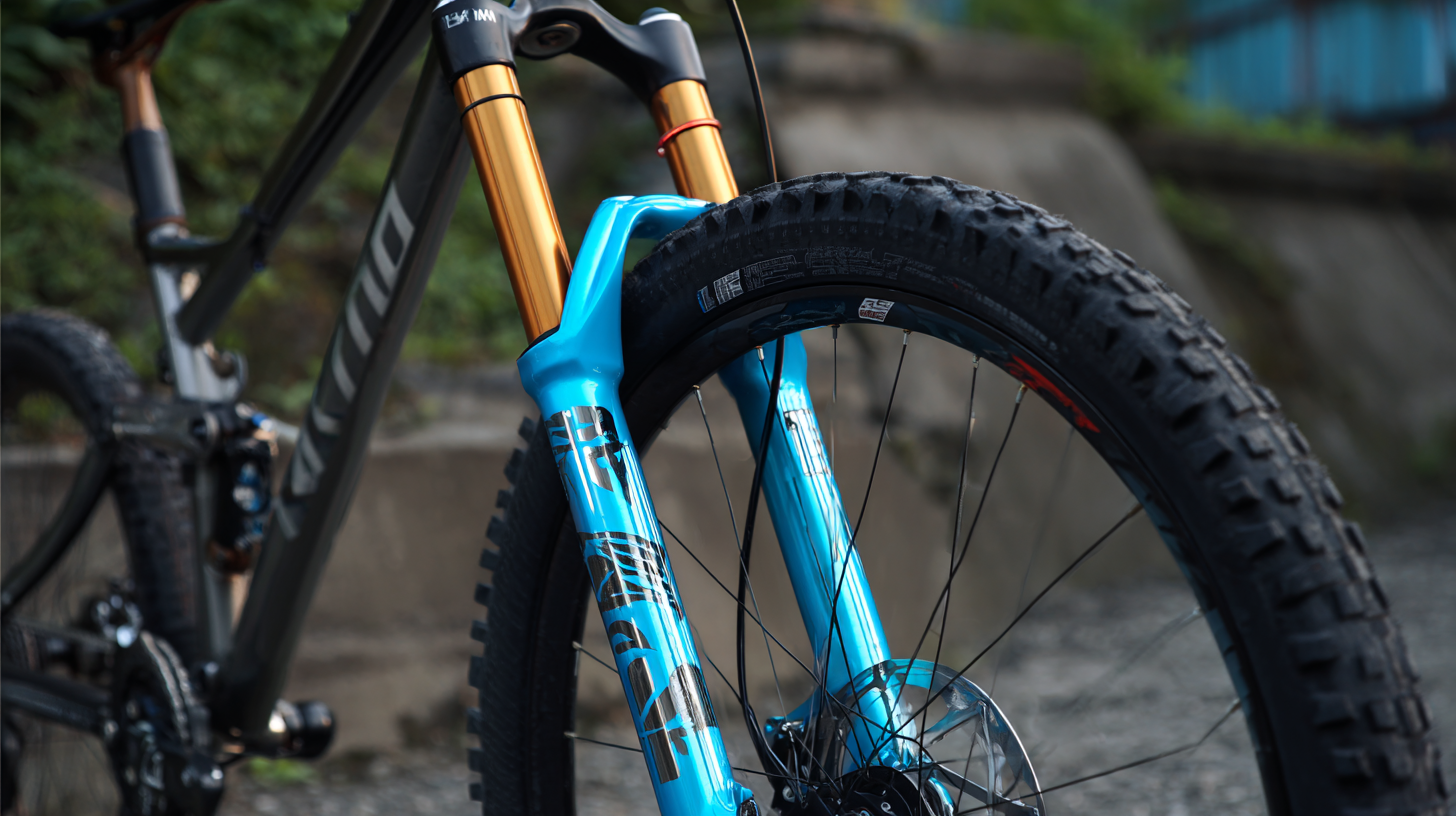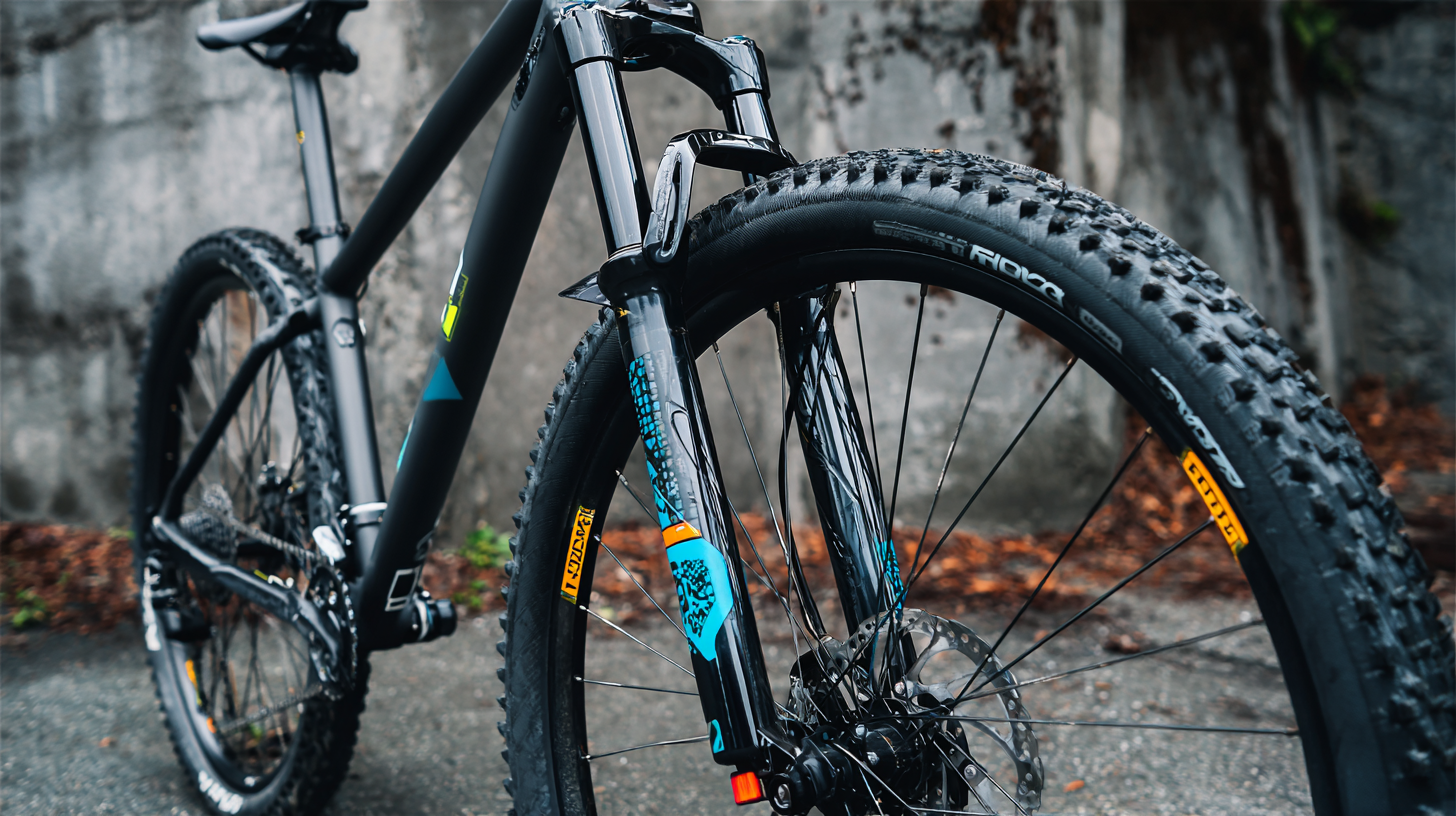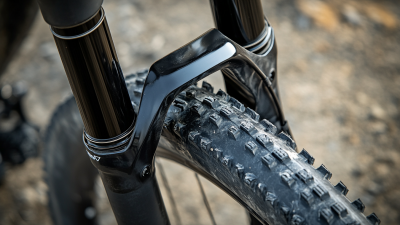When it comes to mountain biking, the importance of a high-quality fork cannot be overstated, particularly the 26 Inch Mountain Bike Fork. This essential component not only provides stability and comfort during your ride but also significantly influences the bike's overall performance and handling. In this guide, we will delve into the seven best features of the 26 Inch Mountain Bike Fork that every serious mountain biker should know. From improved shock absorption to enhanced durability, these features are designed to elevate your biking experience across various terrains. Whether you're navigating rocky trails or cruising through rugged landscapes, understanding these key attributes can help you make informed choices that enhance your biking adventures. Join us as we explore what makes the 26 Inch Mountain Bike Fork a must-have for both novice and seasoned riders alike.

When it comes to mountain biking, understanding fork travel and compression settings is crucial for optimizing your ride. Fork travel refers to how much the suspension forks can compress when hitting obstacles, effectively absorbing impact and improving control over rough terrain. A bike fork with adjustable travel allows riders to customize their setup based on the type of riding they plan to do, whether it's downhill, cross country, or trail riding. This adjustability can dramatically enhance performance and comfort, enabling the bike to react dynamically to various surfaces.

Compression settings are equally important, as they dictate how quickly or slowly the fork responds to bumps. Riders can fine-tune their forks to manage the trade-off between support during pedaling and plushness for absorbing larger impacts. For instance, a stiffer compression setting provides better efficiency during climbs, while a softer setting allows for more comfort on descents. An effective fork should balance these aspects, catering to an individual rider's style and preferences, and adapting to changing trail conditions. By mastering these settings, cyclists can unlock the full potential of their mountain bike, ensuring a thrilling and controlled ride.
When choosing a mountain bike fork, the material plays a crucial role in overall performance and rider experience. Aluminum and carbon are two common materials, each boasting distinct advantages. Aluminum forks are celebrated for their affordability and reliability, making them a popular choice among entry-level riders. According to a study by the International Mountain Bicycling Association, aluminum components can withstand significant stress, with a tensile strength ranging from 68 to 79 ksi, which contributes to the bike's durability on rugged trails.
On the other hand, carbon forks present an array of benefits that cater to serious mountain bikers. Weighing significantly less than their aluminum counterparts—often by 30% or more—carbon forks enhance the bike's agility and handling. A report by the Bicycle Components Institute indicates that carbon fibers can have a tensile strength of over 300 ksi, providing superior stiffness while absorbing shocks more effectively. This not only improves rider comfort but also allows for more precise steering, making carbon forks an attractive investment for enthusiasts seeking top-tier performance.
Ultimately, the choice between aluminum and carbon forks hinges on the rider’s priorities, whether they focus on cost, weight, or riding style. Understanding these materials can greatly influence your biking experience on those challenging mountain trails.
| Feature | Aluminum Fork | Carbon Fork |
|---|---|---|
| Weight | Heavier | Lighter |
| Vibration Damping | Moderate | Excellent |
| Durability | Very Durable | Less Impact Resistant |
| Cost | More Affordable | Generally Pricier |
| Stiffness | Good Stiffness | Customizable Stiffness |
| Maintenance | Easier to Repair | More Complex Repairs |
| Aesthetic Appeal | Functional Look | Sleek Appearance |
When considering the durability of a 26-inch mountain bike, the suspension design plays a pivotal role, particularly in its impact resistance. A well-engineered suspension fork not only absorbs shocks from rough terrain but also distributes these impacts evenly across the bike's structure. This means that the stresses caused by bumps, drops, and sudden jolts are mitigated, which significantly enhances the overall longevity of the bike. Riders can navigate rocky trails with confidence, knowing that their equipment is designed to withstand the rigors of the ride.
Moreover, the materials used in the construction of mountain bike forks are crucial for impact resistance. High-quality aluminum and carbon fiber are often utilized, providing strength without adding excessive weight. Advanced suspension technologies, such as air or coil spring systems, further enhance performance by adapting to various trail conditions. Riders who prioritize durability and comfort will find that a robust suspension design is essential, making it a key feature of any reliable 26-inch mountain bike. By investing in a bike with a superior suspension fork, enthusiasts can ensure a smoother and more resilient ride, prepared for the challenges of any adventure.
When it comes to mountain biking, the weight of your bike fork plays a crucial role in determining your overall ride experience. A lighter fork can enhance your agility, allowing you to navigate tight trails and technical sections with ease. Reducing the weight of the fork not only minimizes the bike's overall weight but also contributes to a more dynamic and responsive ride. This means less energy is required to maneuver your bike, making climbs feel less strenuous and descents more exhilarating.
However, it's essential to strike a balance between weight and durability. A fork that is too lightweight may not withstand the rigors of aggressive riding or rough terrains. Some riders prefer a slightly heavier fork for the added stability and strength it provides, especially when tackling rocky paths or obstacles. Understanding how fork weight impacts your performance can help you make an informed decision when choosing the best mountain bike fork for your specific riding style.
When upgrading or replacing your mountain bike fork, compatibility is paramount. The most critical factor to check is the fork's steerer tube diameter. Most mountain bikes utilize either a 1 1/8-inch or a tapered steerer tube ranging from 1.5 inches at the bottom to 1 1/8 inches at the top. According to industry reports, mismatched steerer tube dimensions can lead to unstable steering and increased wear on components. Ensuring you select a fork that matches your bike’s specifications can enhance performance and safety significantly.

Additionally, the axle type and spacing are vital for compatibility. Standard mountain bike forks come with either a quick release or thru-axle, and measurements typically vary between 100mm, 110mm, and 150mm in width. A recent survey by the Bicycle Product Suppliers Association indicates that improper axle sizing can hinder wheel installation and affect frame geometry. To achieve optimal ride quality, carefully verifying these measurements against your mountain bike frame will help prevent potential issues and ensure a seamless transition to your new fork.






